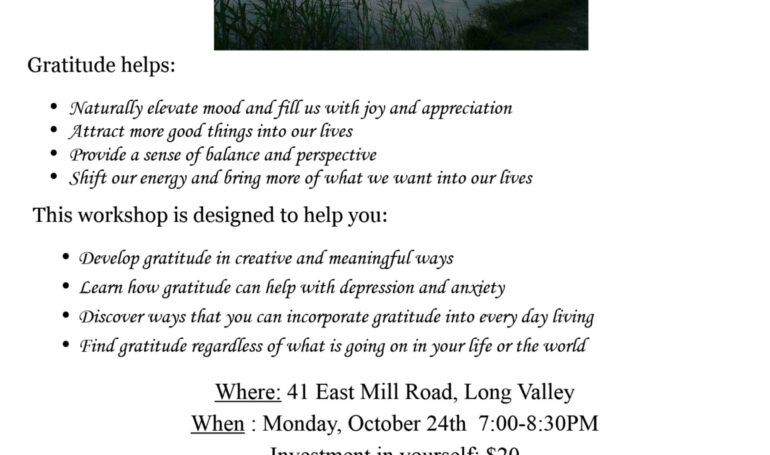
When Positive Affirmations Don’t Work: What You Can Do Instead
No, there’s nothing wrong with you! Positive Affirmations simply do not work for everyone.
When Positive Affirmations Don’t Work: What You Can Do Instead
We hear so much about the power of positive affirmations. Yes, positive affirmations and positive thinking can be quite helpful for some, if not most people. But for others, repeating positive affirmations can backfire, especially for people who may need it the most!
I often recommend positive affirmations to friends and clients, and I seek feedback about how it’s going. Some reported feeling worse!
So… years ago, I looked in to the research in psychology to better understand what was going on, and what I can do to help, and I’ve been incorporating that in to my private practice.
One study published in the Journal of Psychological Science found that people with low self-esteem actually felt worse after statements such as, “I am a lovable person” and “I am intelligent.” On the other hand, when allowed to consider the negative thoughts about themselves, they were in a better mood!
For some, when the positive affirmation contradicts their negative self-perception, the negative self-perception becomes stronger rather than weaker. In other words, saying a positive affirmation when they really don’t believe it only strengthens their negative view of themselves.
This is not to say that positive affirmations are useless for these individuals, but they are best utilized with a professional who is trained and skilled in cognitive psychotherapy. But even within that context, they simply are not useful for all people. There is nothing wrong if this is you! You simply need a different approach!
So, what to do….
One alternative is to acknowledge the negative thought instead of fighting it and challenging it, because for some, fighting it only gives it more power and strength. Identify it and acknowledge it, and then behaviorally commit to goals and values. In other words, engage in positive behaviors that go against the negative thought that are more in line with what one wants out of life.
So, how….
A large part of this is mindfulness. What is mindfulness? It is a state of openness and focus. A focus on the experience in the moment. And don’t worry – mindfulness need not be meditation! Many people have difficulty with meditation. There are so many fun and creative ways to practice mindful living without meditation.
Mindfulness is incorporated into a type of professional treatment called Acceptance and Commitment Therapy (ACT). With ACT, mindfulness can be broken down into different areas.
This includes:
- “Cognitive Defusion”. This involves a letting go. A letting go of unhelpful and unwanted memories, thoughts, beliefs.
- “Acceptance”. Accepting that these negative thoughts and feelings will exist, and allow them to come and go without giving them much attention or energy.
- “Being Present”. Being engaged in the present moment. Live in the here and now with openness, and without judgment.
- “Values.” ACT involves being in tune with what values are important to you. Some questions include, “What do you want others to remember you for?” “What really matters to you?” “What makes you feel alive?” “How do you want to spend your limited free time?”
- “Committed Action”. Then… act on those values! How are you going to get there? What steps can you take?The mindfulness skills learned in ACT can have a powerful influence on individuals’ lives. Painful memories, negative self-statements, and unhelpful thoughts have much less power and influence. They can be used to treat anxiety, depression, posttraumatic stress, chronic pain, and substance abuse, among other issues. In addition to reducing problematic symptoms and improving life satisfaction, mindfulness:
- Reduces judgment of self and others
- Increases self-awareness
- Creates emotional stability
- Fosters self-compassion and compassion for others
- Produces a sense of calmness and peace
- Helps to be more connected to self, people, and the world
- Reduces reactivity to unpleasant experiences.Fortunately, there are many ways that you can practice mindfulness, and the methods are varied so that you are likely to find some that suit your interests, time constraints, and daily schedule. So if positive affirmations and other methods of positive psychology have not worked for you, incorporating mindfulness into your life may be a different approach that suits you.
If this sounds like something you would like to pursue, I’d be happy to discuss further. People come to me when they are seeking help through traditional individual psychotherapy, and through my educational workshops.
Wood, J., Elaine Perunovic, W., & Lee, J. (2009). Positive Self-Statements: Power for Some, Peril for Others, Psychological Science, 20 (7), 860-866.

Leave a Reply